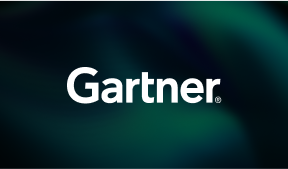Get up to 5x the value with New Relic.
- Only pay for what you use.
- Users and data, not tools.
- Actual—not peak—usage.
- No overages or penalties.
The data speaks for itself—the value provided to customers is clear.
780+ integrations including Agentic AI. Start now for free.
Build up engineers. Tear down silos.
The world’s best teams run on New Relic.
Trusted, enterprise-level security protects your data.
View Certifications
View Certifications
GDPR
Compliant
A–LIGN
27001 Certified
SOC2
Type II Verified
FEDRAMP
Compliant






